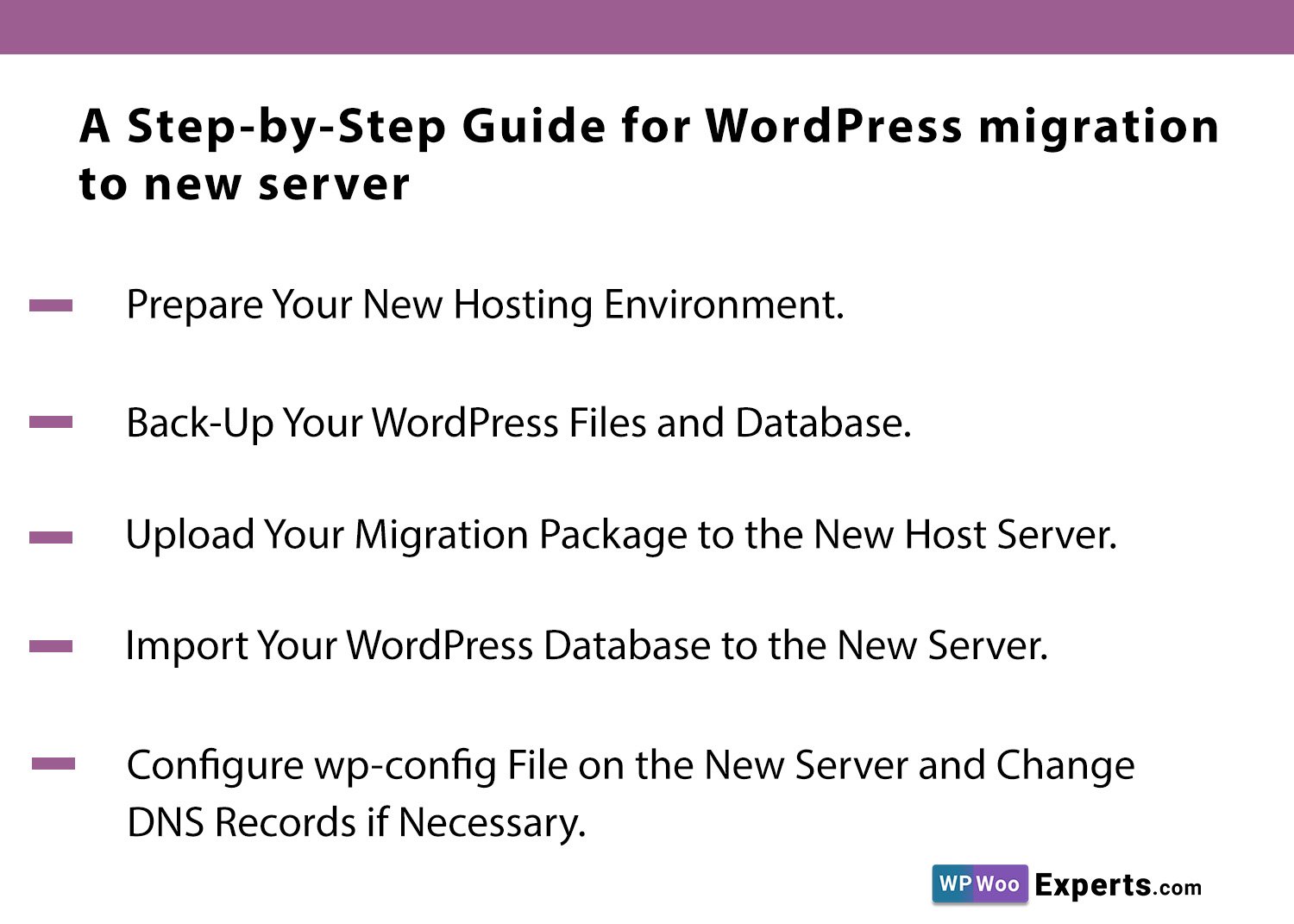
Increase WordPress website speed and increase your traffic
Optimizing your WordPress website for speed can have a dramatic impact on visitor experience and engagement. From caching techniques to server configuration, here’s everything you need to know in order to increase WordPress Website Speed.
Evaluate Your Current Website Speed.
Evaluating your current website speed is the first step in improving WordPress speed. By understanding how quickly your website loads now, you can seek out areas to improve and measure the results of optimization techniques after they’ve been implemented. To evaluate your WordPress speed, use a website speed test tool like Pingdom or Google PageSpeed Insights to analyze loading time, file sizes, and more.
Choose the Right Host and Server Configuration.
Part of improving website speed comes down to choosing the right web host for your WordPress site and configuring the server for optimal performance. When selecting a web host, look for a provider that offers reliable hosting with the latest, fastest technologies. Additionally, configure the server set up to suit any needs that could slow down loading time. For example, static files such as images can be served from a content delivery network (CDN) which is faster than serving them from your own hosting account.
Utilize a Content Delivery Network (CDN).
Content Delivery Networks (CDN) such as Cloudflare offer an easy way to optimize your website’s static content delivery. A CDN stores and serves content from various global locations so that it loads faster for visitors in their location. By offloading certain files, such as images and scripts, to a CDN, you can ensure that users do not have to wait too long for your content to load. This reduces latency and improves user experience. Additionally, using a CDN can reduce bandwidth consumption on your own hosting plan, saving you money in the long term by reducing resource utilization.
Optimize Images, Videos, and Web Fonts.
If your website contains a lot of images, videos, and web fonts, it is critical to properly optimize them for optimal performance. Uploading large uncompressed images or using too many web fonts can cause your pages to load slowly, as well as consume more bandwidth. It is important to compress images before uploading them to your website; this helps reduce their file size without sacrificing quality. Additionally, if you are embedding videos on your site, consider hosting the videos on a third-party service such as YouTube or Vimeo instead of embedding directly into the page – this will ensure that the video itself does not affect page loading time. Finally, limit the number of web fonts you use on your site; try to stick with 2–3 at most so as not to strain users’ browsers.
Enable Compression with Gzip or Deflate HTTP Requests and Increase WordPress website speed.
Compressing files using Gzip or Deflate HTTP requests is one of the easiest and most effective ways to reduce page loading time. By compressing files, your WordPress website will be able to serve files faster, enabling pages to load in as little as 2–4 seconds instead of 8–10 seconds. Gzip compression works by compressing HTML, CSS, and JavaScript files into smaller packages before sending them over the web; this helps speed up the process of transferring files from the server to a user’s device. Enabling compression with Gzip or Deflate on your WordPress website can easily be done by adding a few lines of code to your .htaccess file.
You Might Also Like

Creating an Exceptional Website With a WordPress Theme Development Service
Improve your web presence and build the perfect website with the help of a trustworthy WordPress theme development service. Get all the details here!

A Step-by-Step Guide for WordPress migration to new server
Tired of dealing with slow server speeds? Take matters into your own hands by following this detailed guide on how to do WordPress migration to new server.
